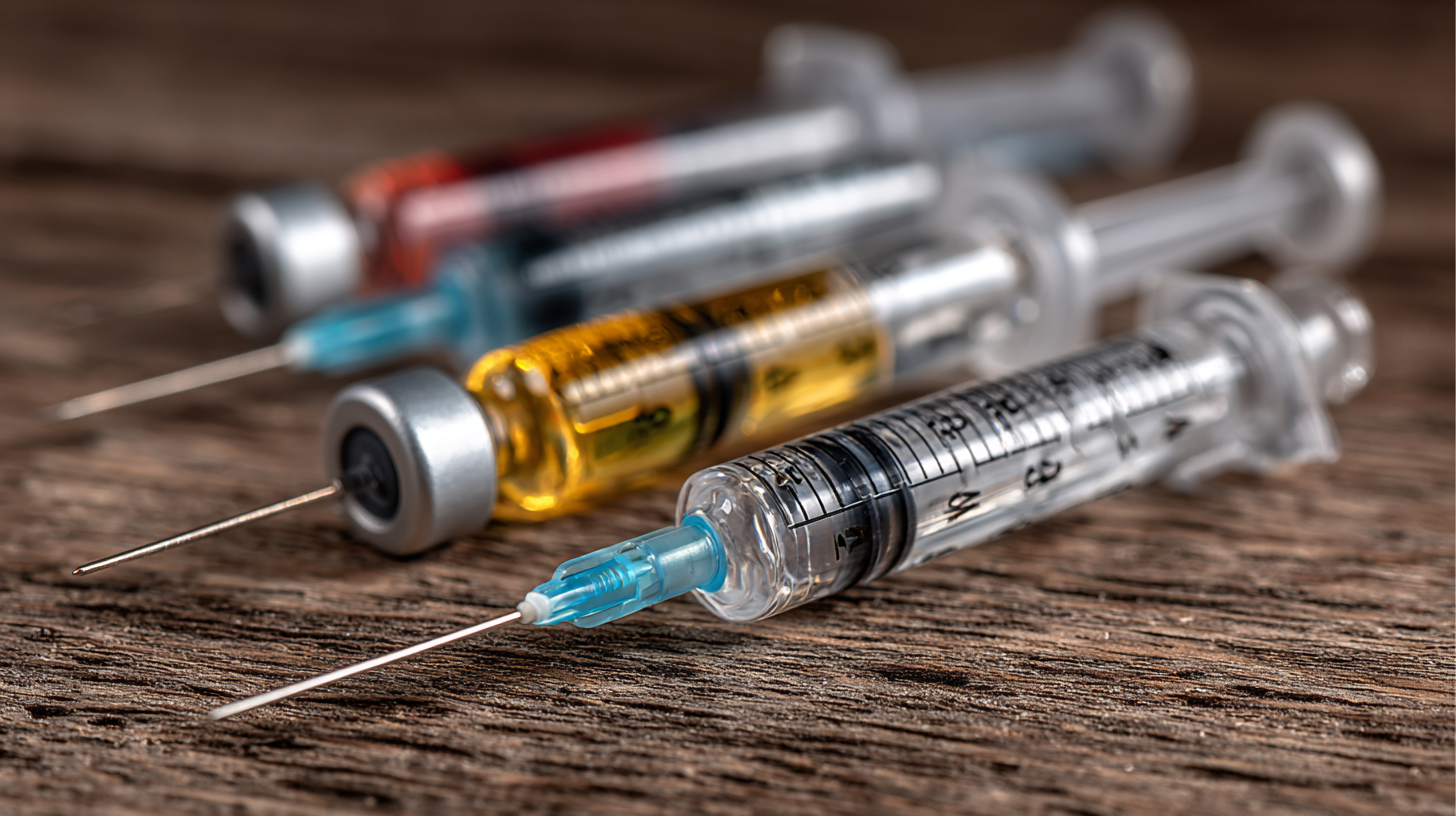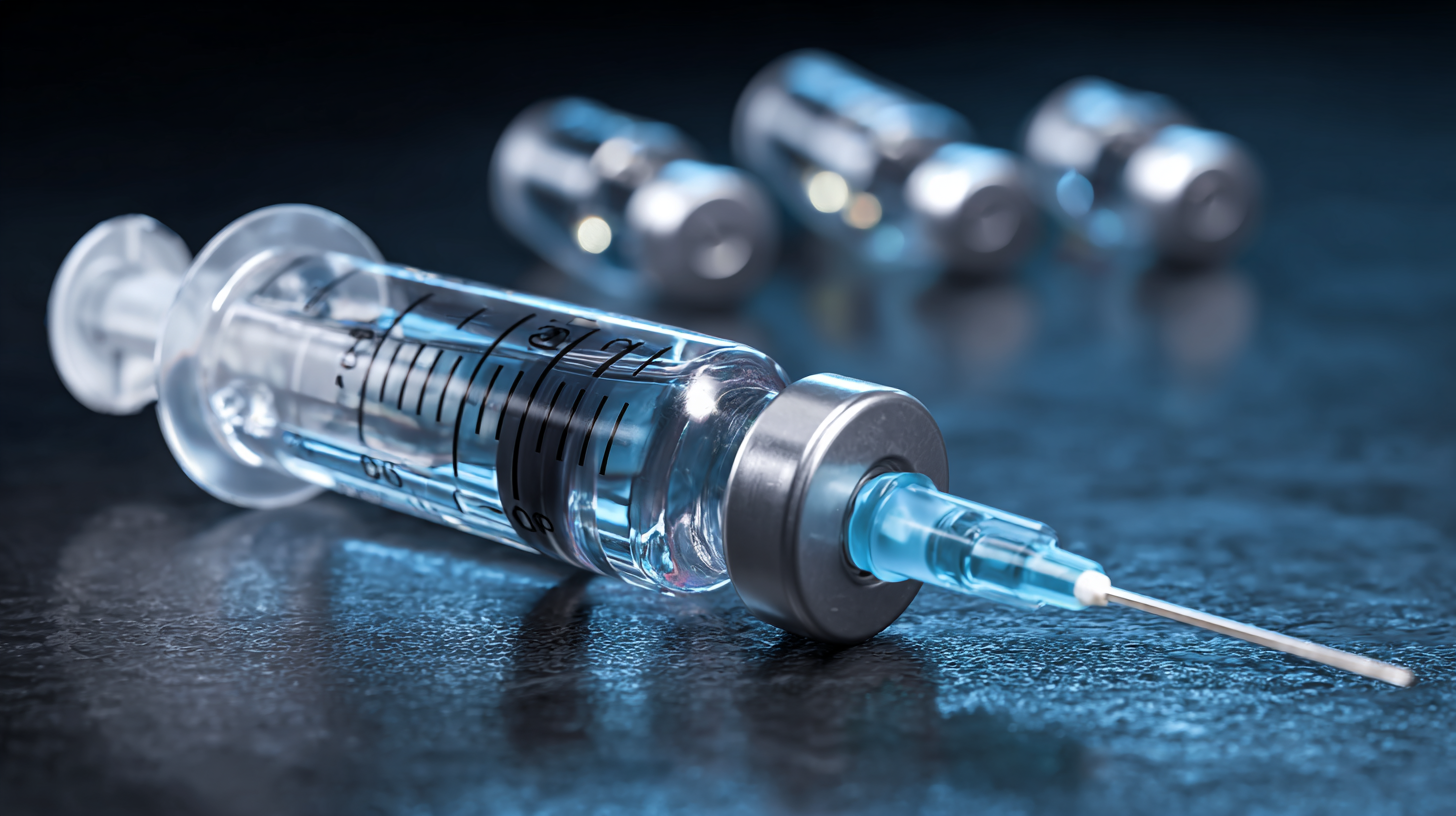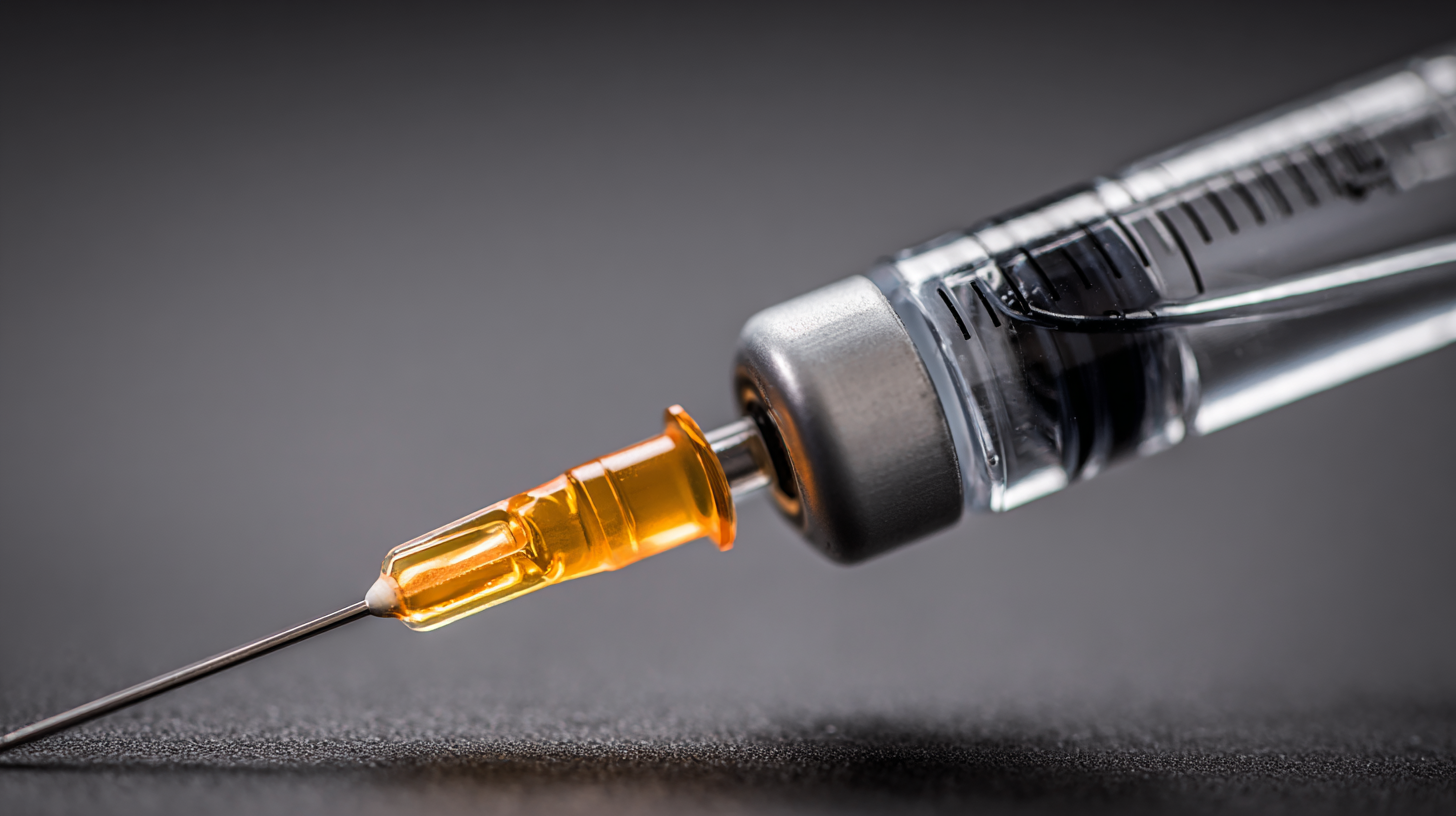In the realm of modern fitness and bodybuilding, the use of Equipoise Injection has become a topic of considerable interest and debate. Derived from the anabolic steroid Boldenone undecylenate, Equipoise Injection is renowned for its ability to promote muscle growth, enhance endurance, and improve overall physical performance. However, as with any substance aimed at boosting athletic potential, it is essential to understand both the benefits and risks associated with its use. This guide will explore the science behind Equipoise Injection, highlighting its advantages in the fitness community, the potential side effects and health risks involved, and best practices for administering this compound safely and effectively. Whether you are a seasoned athlete or a newcomer to the fitness world, this comprehensive overview will equip you with the necessary knowledge to make informed decisions regarding Equipoise Injection.

Equipoise injection, often used in muscle enhancement protocols, primarily functions by modulating the anabolic environment within the body. It enhances protein synthesis and muscle recovery through its action on androgen receptors, leading to accelerated muscle growth. The pharmacological mechanism hinges on the increased retention of nitrogen, which is crucial for muscle repair and hypertrophy. Recent studies show that substances influencing muscle recovery can significantly optimize post-exercise conditions, suggesting that equipoise may offer comparable benefits alongside innovative modalities like muscle-to-action mapping, which strategically alters muscle synergies for rehabilitation.

Incorporating new findings on muscle recovery, such as the role of chloride ion channel inhibition, underscores the complexity of muscle recovery processes. Research indicates that the ClC-1 channel functions critically in muscle recovery post-neuromuscular block, emphasizing the multifaceted approaches needed in enhancing muscle rehabilitation strategies. Likewise, addressing impediments like prolonged sitting is essential, as it can hinder blood flow and nutrient delivery to muscles, further illustrating the intricate balance between training practices and recovery mechanisms. As we continue to explore the synergies between these methods, the integration of AAS like equipoise into supervised programs may hold significant promise for those looking to optimize muscle growth and recovery.
Equipoise injection, also known as Boldenone Undecylenate, has gained prominence among athletes and bodybuilders for its remarkable ability to enhance athletic performance and improve body composition. Studies have shown that Equipoise can increase nitrogen retention in the muscles, leading to enhanced protein synthesis. According to a report from the Journal of Sports Medicine, athletes who included Equipoise in their regimen experienced a 20% increase in muscle mass and an improvement in endurance capabilities, making it a sought-after anabolic agent.
One of the key benefits of Equipoise injection lies in its ability to promote erythropoiesis, which is the production of red blood cells. An increase in red blood cells can lead to improved oxygen delivery to muscles during intense physical activity, greatly boosting endurance levels. A research conducted by the American College of Sports Medicine revealed that athletes using Equipoise reported a substantial increase in their overall stamina, averaging a 15-20% improvement in performance metrics during high-intensity training sessions.
Tips: If you're considering Equipoise injection, it’s crucial to monitor your dosage carefully. Beginners should consult a healthcare professional to determine the right amount, as excessive use can lead to adverse effects. Additionally, combine Equipoise with a well-rounded diet rich in proteins to maximize its benefits while minimizing risks. Always conduct thorough research and remain informed about the legal status and health implications of using anabolic steroids in your region.
 Equipoise, or Boldenone Undecylenate, is often used by athletes seeking to enhance their performance. While it has potential benefits, such as increased muscle mass and improved recovery, it is crucial to be aware of the risks associated with its use. Athletes may experience side effects like hormonal imbalances, changes in mood, and cardiovascular issues, which can have long-term implications on their health.
Equipoise, or Boldenone Undecylenate, is often used by athletes seeking to enhance their performance. While it has potential benefits, such as increased muscle mass and improved recovery, it is crucial to be aware of the risks associated with its use. Athletes may experience side effects like hormonal imbalances, changes in mood, and cardiovascular issues, which can have long-term implications on their health.
When considering the use of Equipoise, it’s essential to follow best practices to minimize risks. One important tip is to always consult with a healthcare professional before starting any steroid regimen. This ensures that the individual is medically cleared and informed about the potential consequences. Additionally, maintaining a balanced diet and a consistent training schedule can help mitigate some of the negative effects on health and performance.
Monitoring one’s health continuously while using Equipoise is vital. Regular blood tests can help track hormone levels and any signs of adverse effects, allowing for timely interventions if problems arise. Athletes should also be aware of their sport's regulations regarding performance-enhancing substances to avoid penalties or disqualification.
Administering Equipoise safely requires understanding the proper dosage, timing, and injection techniques. First, dosage must be tailored to the individual's needs, considering factors such as age, weight, and specific goals. Typically, doses range from 200 to 600 mg per week, but it's crucial to monitor the individual’s response and adjust accordingly. Administering the injection at regular intervals helps maintain stable hormone levels in the body, enhancing the effectiveness of the treatment.
Timing is also critical in the administration of Equipoise to maximize its benefits. Injecting at specific times, preferably when blood levels are at their lowest, can help in maintaining a consistent dosage effect. Moreover, choosing the right injection site, such as the gluteal or thigh muscles, can minimize discomfort and reduce the risk of complications. Utilizing proper injection techniques, such as ensuring aseptic conditions and changing needles, significantly contributes to a safe and effective administration process, allowing users to achieve their desired outcomes while minimizing risks.
| Aspect | Details |
|---|---|
| Benefits | Promotes lean muscle mass, enhances stamina, and aids recovery. |
| Risks | Possible injection site infections, hormonal imbalances, and liver strain. |
| Dosage | Typically ranges from 200 to 600 mg per week, depending on individual needs. |
| Timing | Administered 1-2 times weekly to maintain stable blood levels. |
| Injection Techniques | Use sterile equipment, rotate injection sites, and inject slowly. |
| Monitoring | Regular check-ups to monitor hormone levels and liver health. |
The use of equipoise in competitive sports raises significant regulatory and ethical considerations that merit close examination. Due to its classification as an anabolic steroid, equipoise is subject to various international regulations, including those established by the World Anti-Doping Agency (WADA). Athletes found using equipoise without a therapeutic justification risk serious penalties, including suspensions and bans. The enforcement of these regulations aims to maintain a level playing field in sports, ensuring that competition is fair and based on natural athletic ability rather than chemically enhanced performance.
Ethically, the use of equipoise also prompts questions about integrity and sportsmanship. The pressure on athletes to excel can lead to a culture where the use of performance-enhancing substances becomes normalized, undermining the spirit of competition. Furthermore, the potential health risks associated with equipoise use, such as hormonal imbalance and cardiovascular issues, raise concerns about whether athletes are fully informed about the consequences of their choices. This dilemma challenges both athletes and governing bodies to reconsider the ethical implications of using such substances, balancing the pursuit of excellence against the obligation to protect athlete health and the integrity of the sport.






